
Transient Images and Permanent Reality of India
Sun, 13 Jun 2021 | Reading Time: 6 minutes

Transient Images and Permanent Reality of India
TP Sreenivasan
India is currently going through an image crisis as has happened several times in the history of independent India. We entered the global scene with a great image, having secured freedom from the British without firing a shot and it appeared that a land which had given birth to Mahatma Gandhi would have a great image for centuries. Pandit Nehru, a highly westernised and sophisticated Prime Minister representing an ancient civilisation was a sure shot. The novelty of non-alignment was the icing on the cake, acting as a magnet for the newly independent countries, who were looking for a bandwagon other than the west and the east. But soon enough, in 1962, India fell from its pedestal as a weak, unprepared loser to China. Ardent admirers of India harped on our cultural heritage and our “experimentation” with democracy, but for the rest, India dropped off from their horizon as a giant yet to wake up.
Then came the “Soviet satellite” era, during which India was seen as an adversary, an “estranged democracy” with nothing to offer to the free world. The rejection of the NPT, the peaceful nuclear explosion of 1974 and the national emergency gave us the image of a threat, made even worse by the implicit approval of the Soviet invasion of Afghanistan. The victory in Bangladesh was attributed to a Soviet alliance. Till the end of the Cold War, India was not even on the radar of the US Assistant Secretary of State responsible for South Asia. We were clearly not with them and were presumed to be against them.
How did the negative image hurt us in real terms? We were content with the ‘Hindu’ rate of growth, as we had to protect our industries and markets with a License Raj. Except for a vibrant democratic structure, a just electoral system, an active judiciary and a free press and our cultural heritage, there was hardly anything for us to promote. The Indian pavilion at the Expo 70 had a white tiger as the main attraction other than Sari-clad women serving Darjeeling tea. In India, there was no clamour for image building and the Ministry of External Affairs, working on a shoe- string budget, sent cultural troupes abroad and generally did fire fighting against erroneous representation of the country. We did not alter our foreign or domestic policy to change the image abroad.
India was very quick to readjust itself to the new unipolar world and the onset of globalisation. We found our way to the heart of the Americans by liberalising the economy, opening up to Israel and welcoming external powers to the Indian Ocean region. Our economy attained double digit growth in GDP and foreign investment began pouring in. PM Narasimha Rao and Dr Manmohan Singh became legendary reformers, but India’s image was still that of an emerging nation correcting its past mistakes, not a nation with prospects of becoming a global power. The race was to make profits by setting up production centres for short duration to make hay when the sun was shining.
The nuclear tests of 1998 changed the image of India abroad, as the world started taking note of the likely strategies of India which would impact geopolitics. But the effort of the United States, the self-proclaimed spokesperson of the international community, was to restrain and regulate the nuclear capability of India by imposing sanctions first and then by recognising India as a ‘technologically advanced responsible state’ and finally bringing India to the nuclear mainstream by enhancing its peaceful use of nuclear energy. India became a partner in non-proliferation and disarmament after the nuclear deal of 2008. It was a grudging recognition of India’s status rather than a celebration of India’s status and image.
The interest in India flagged again during the second UPA Government till the advent of PM Narendra Modi, who made it his mission to project the image of an assertive India seeking partnerships around the world, particularly among countries which could contribute to India’s security, development, neighbourhood relations and the Indian Diaspora. He virtually took the world by storm by projecting himself as a determined leader, who claimed India’s rightful place in the world. Even at that time, there were concerns about his Hindutva agenda, but India became the flavour of the world during his first term.
His second term, with a greater majority than in the first, marked by the abrogation of Article 370, the citizenship law and the farm laws turned out to be controversial not only in India, but also abroad. It is natural for the opposition in the country to seek support of external public opinion, which became critical of the Modi Government. The Chinese incursions in the middle of the pandemic generated sympathy around the world and the apparent success in containing the first wave of the virus helped, together with the generosity India showed in sharing medicines and vaccines as part of vaccine diplomacy.
The ravages of the second wave of the pandemic, fuelled by visible evidence of the devastation attributed to lack of preparedness and sheer inefficiency completely transformed the image of the Prime Minister, as he valiantly fought to win state elections and to conquer the pandemic. Pictures of burning dead bodies against a dark horizon and patients dying in parking lots of hospitals for want of beds, ventilators and oxygen became the new images of India. For once, the reality of the suffering and the increasing number of deaths became more important than any kind of image and India sought support and succour from every part of the world. The fact that countries, big and small came with support even when they were in the grip of the pandemic was a tribute to India.
Today, India is desperately fighting for physical and economic survival, but it is also plagued by the global image, which is created by the likes of the ‘Economist’, ‘New York Times’, ‘Washington Post’ and ‘Wall Street Journal’. While the reports are fairly accurate and the pictures are authentic, their predictions of doom are conditioned not by the pandemic alone, but by their concern about a democratic and secular India. When the insurrection took place on the Capitol Hill, none of us concluded that democracy was in danger in the US, but the Freedom House has declared us a partial democracy and some others called us an elected autocracy!
India, it seems, cannot win this battle of fighting the images created by a certain mindset in the west, which infects public opinion everywhere else in the world. The Government appears concerned about its image and send its Minister of External Affairs and others to contain the damage. At the same time, groups like a 200-strong Constitutional Conduct Group, including former foreign secretaries Shyam Saran and Shivshankar Menon have been accused of clouding the image of India and the Prime Minister personally. In an unprecedented move, the ruling class lined up 33 former ambassadors led by another former Foreign Secretary Kanwal Sibal to praise the Government’s foreign policy record, also pointing out the continuity in foreign policy of diverse Indian Governments. In actual fact, foreign policy in general or its policy towards China was not the reason for the poor image of India abroad. These former sentinels of India’s image should be aware that they were not held responsible for the waxing and waning of India’s image under their charge.
PM Modi is a man with a vision and a mission of his own, as he has demonstrated by standing firm on decisions which he thinks are good for the nation. His popular support has not diminished even after the opposition has done its utmost to upstage him. On the pandemic front, he has reversed policies and practices to save lives and livelihoods. He will also eventually deal with the consequences of his reforms. We need to set aside the transient images of India that get swayed by every ill wind from the west and focus on the reality of India. Since national interests are paramount, nations have no choice except to act in accordance with their interests without worrying about their image. The reality of India is that it is an enormous and complex democracy, which is struggling for development and territorial integrity, seeking peaceful coexistence with its neighbours and the wider world. Its solid achievements will prevail, regardless of its distorted image created by forces in India and abroad.
Author
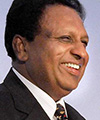
TP Sreenivasan is a former Ambassador of India and a member of the National Security Advisory Board and presently the DG of the Kerala International Centre. He has nearly 20 years of experience in multilateral diplomacy and has represented India at a number of international conferences organised by the UN, the Commonwealth and the NAM. He has chaired several UN Committees and Conferences.
Disclaimer
The opinions expressed in this article are the author’s own and do not reflect the views of Chanakya Forum. All information provided in this article including timeliness, completeness, accuracy, suitability or validity of information referenced therein, is the sole responsibility of the author. www.chanakyaforum.com does not assume any responsibility for the same.
Chanakya Forum is now on . Click here to join our channel (@ChanakyaForum) and stay updated with the latest headlines and articles.
Important
We work round the clock to bring you the finest articles and updates from around the world. There is a team that works tirelessly to ensure that you have a seamless reading experience. But all this costs money. Please support us so that we keep doing what we do best. Happy Reading
Support Us




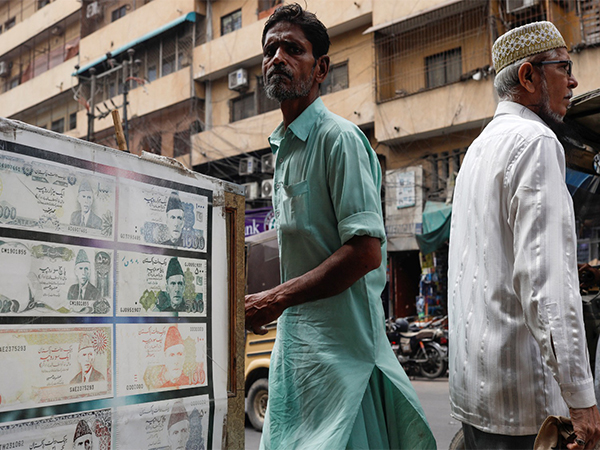
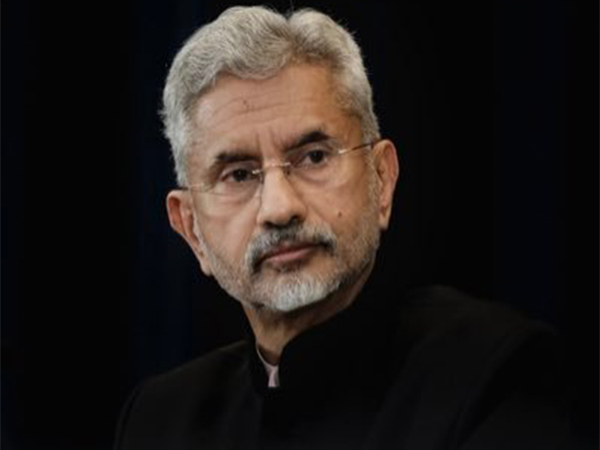

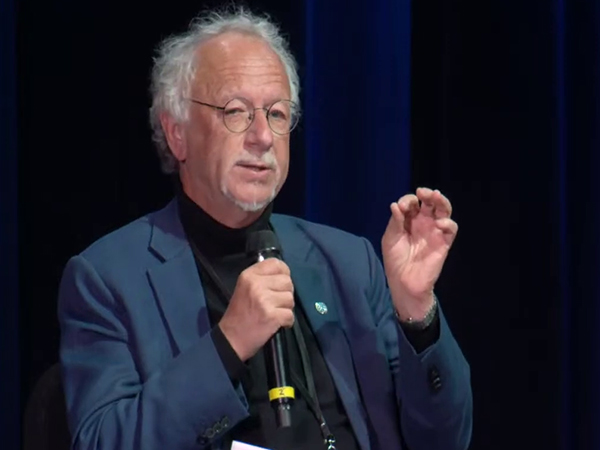
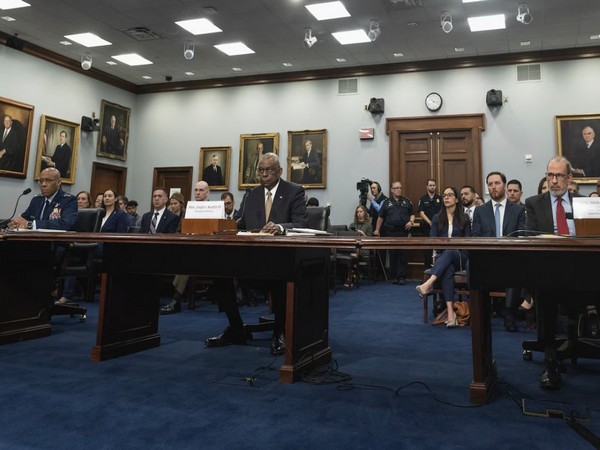

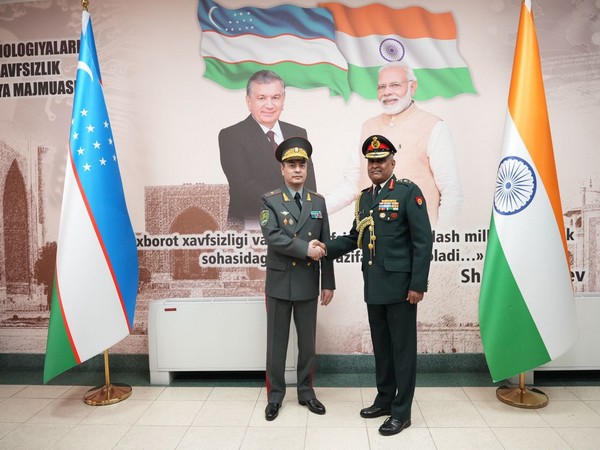

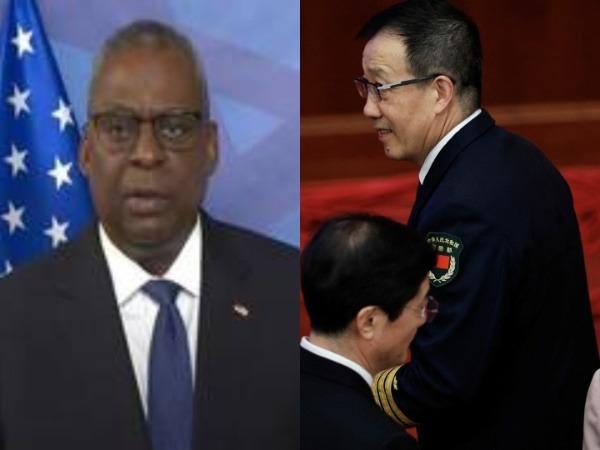
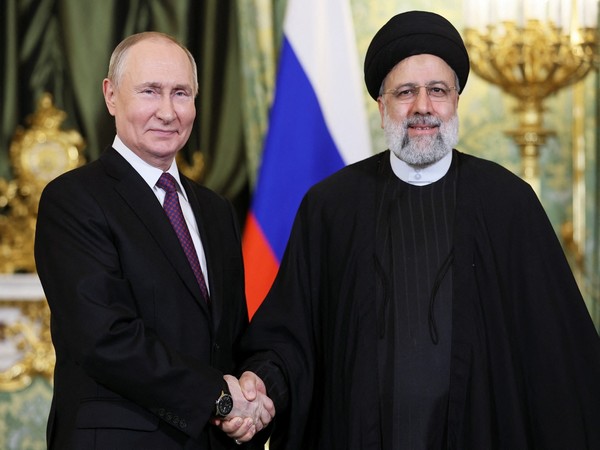






POST COMMENTS (17)
Vikrant Singh
P.S. eudonym
Deepak Ranade
VP Singh
Sanchit
OP Gupta
sk
Prashant Sharma
mukesh.naik
Sunil Tourani
Manik
Vaibhav Sharma
Aman Kumar
vinayak barwade
Muskan verma
Vikas Verma
Govinda